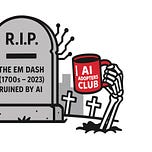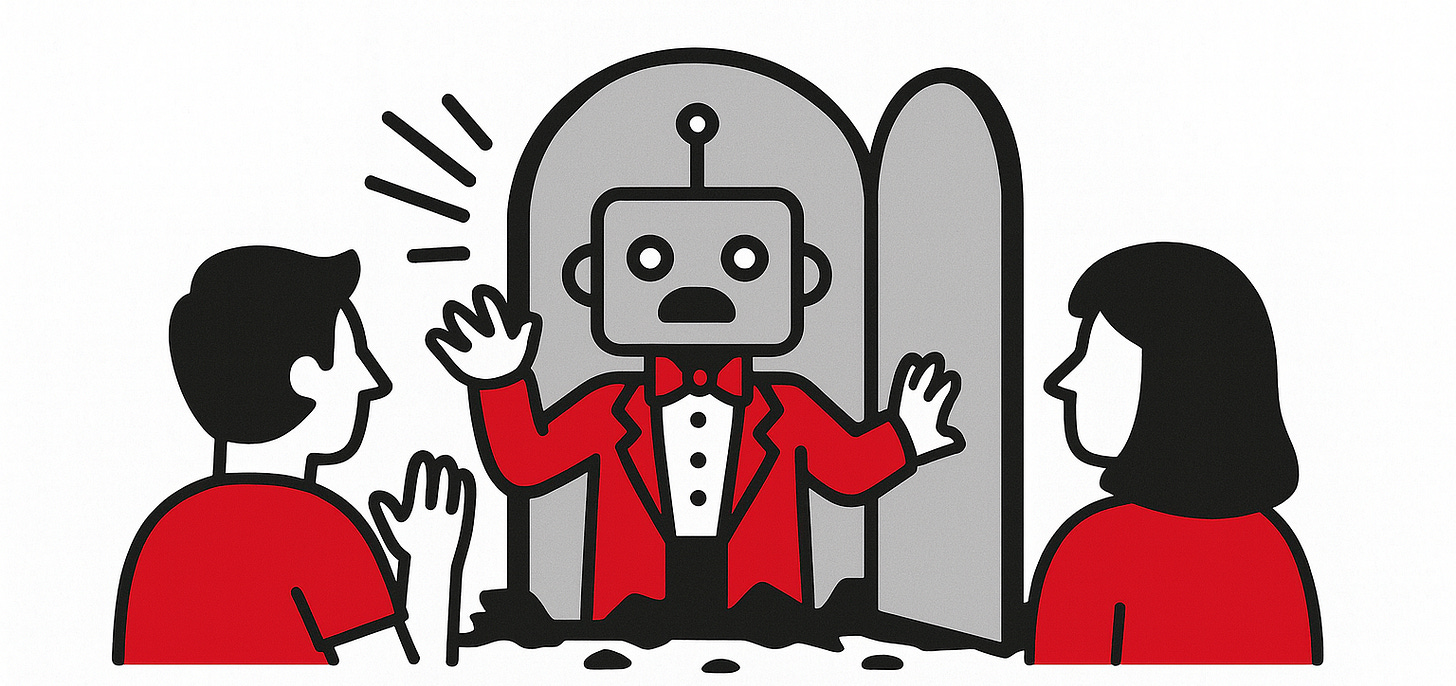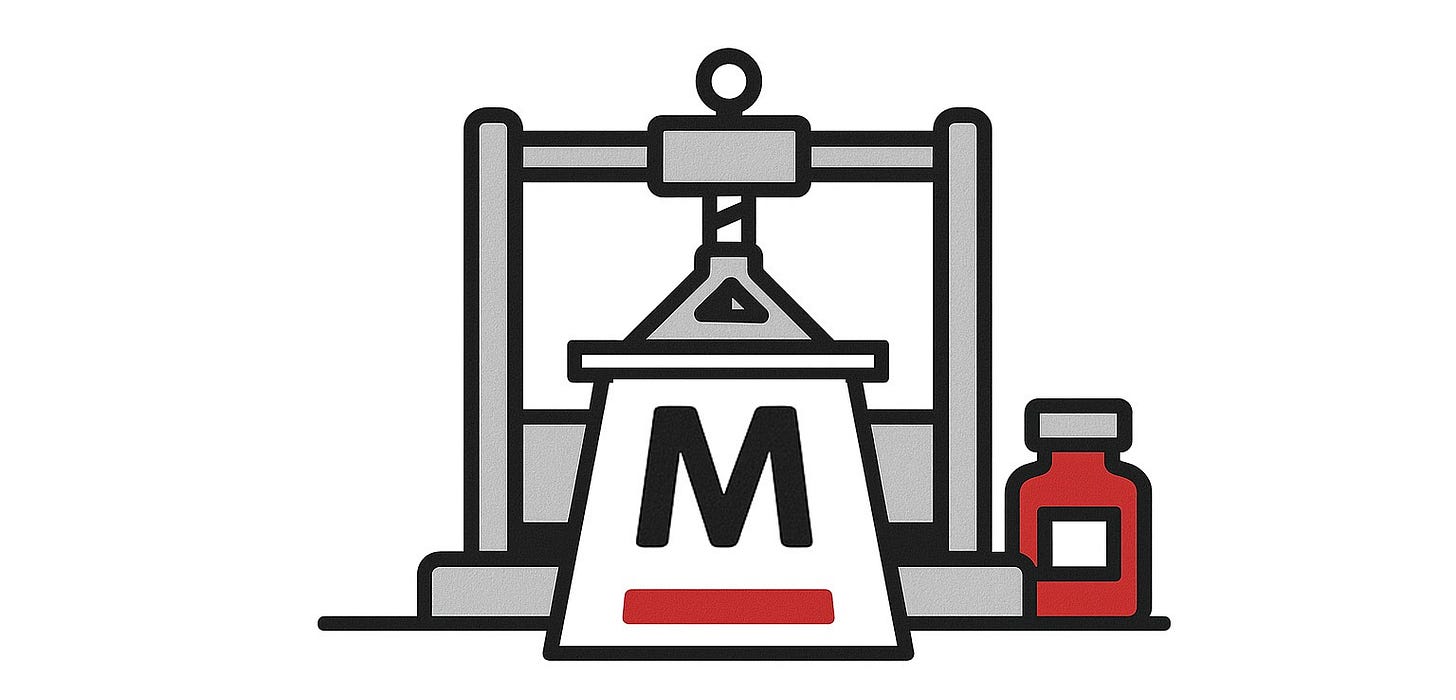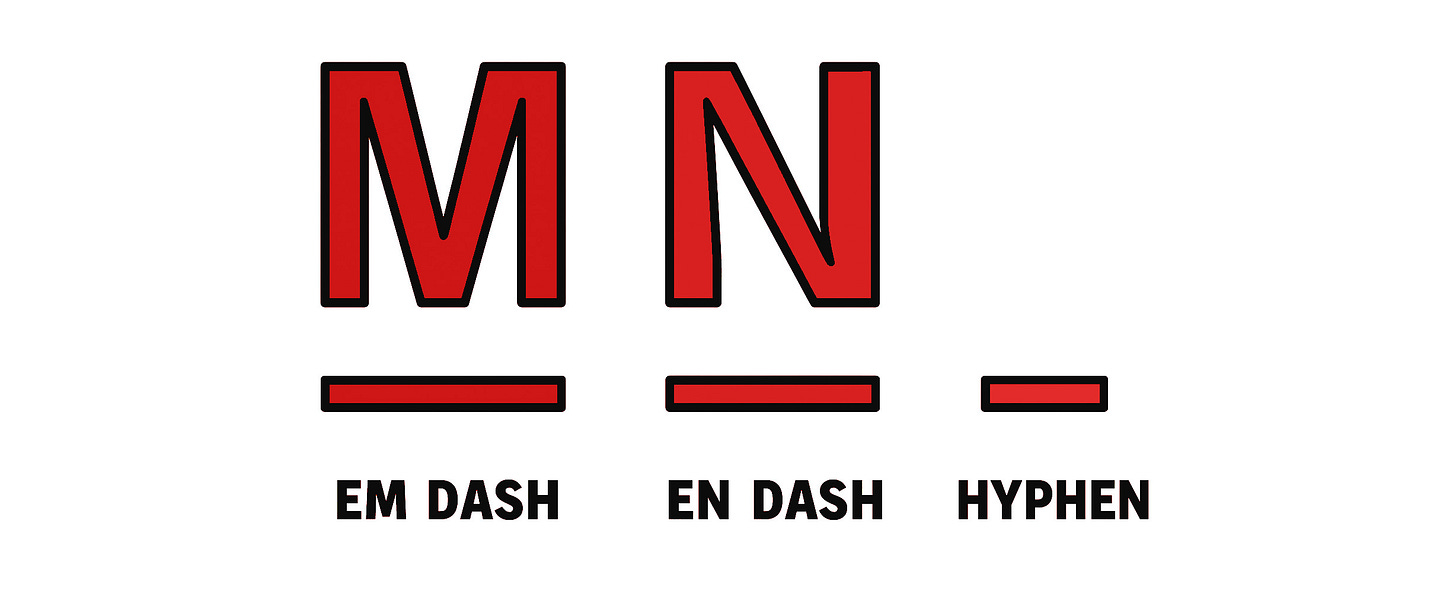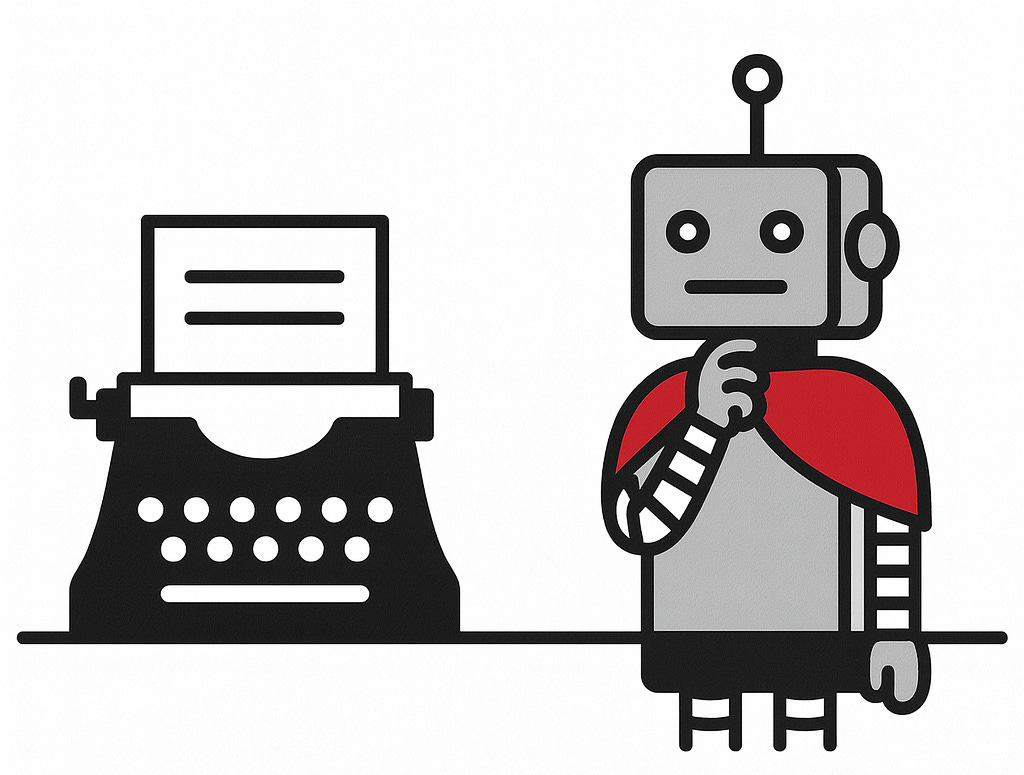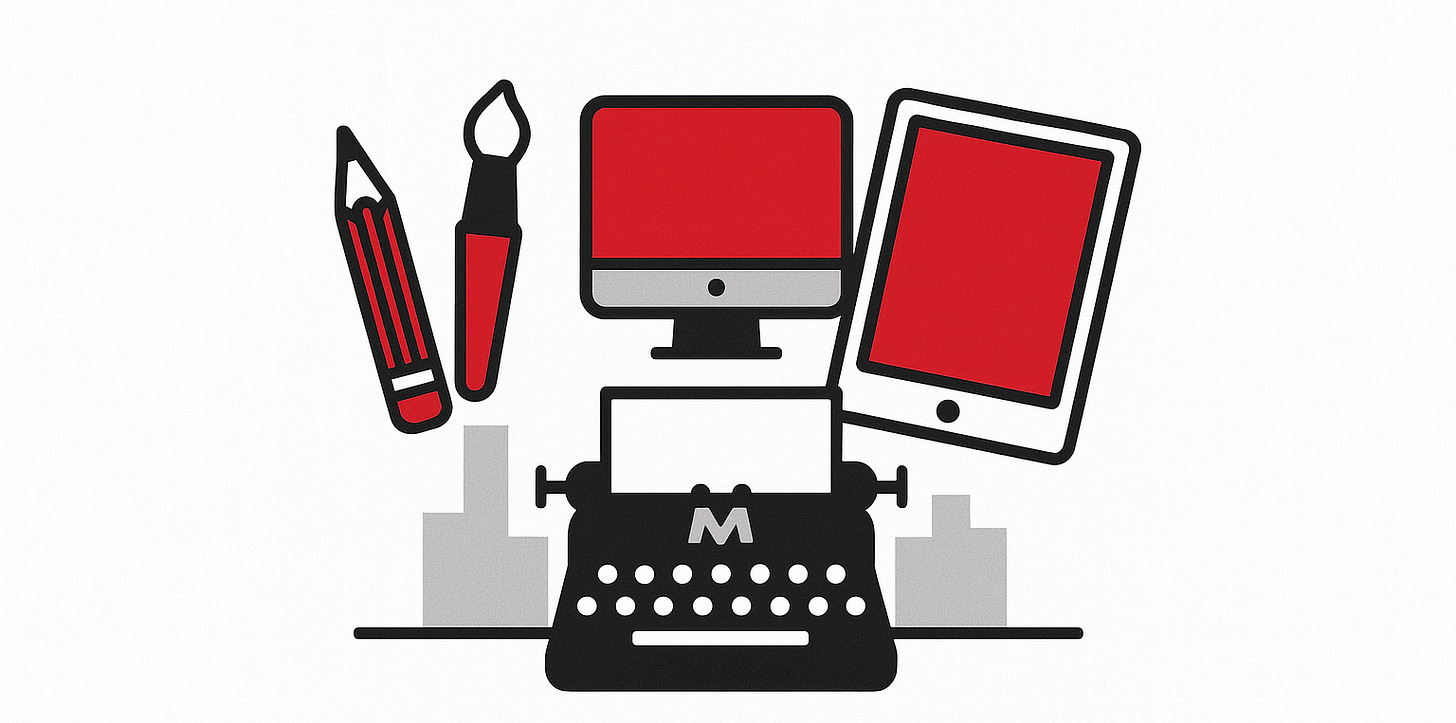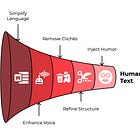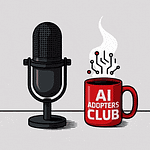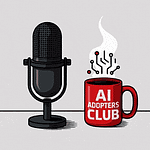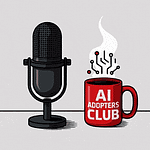What you'll learn in this newsletter: How a 300-year-old punctuation mark became the telltale sign of AI-generated content, the fascinating history behind the em dash, and practical alternatives that will make your writing sound authentically human again.
The Obituary: How AI Killed the Em Dash
The em dash died last Tuesday. Not officially. But you know it when you see it now, that telltale rhythm of artificial intelligence trying to sound human and failing spectacularly.
Here's What Happened
Picture this: you're reading a LinkedIn post.
"Here's what I learned about success — it requires patience — persistence — and the ability to pivot when necessary."
Three em dashes. Perfect spacing. Zero soul.
That's not writing. That's a robot wearing a human costume to a dinner party.
I used to love that punctuation mark. It gave my sentences breathing room. More dramatic than a comma, less final than a period. It made text sound like conversation, like someone actually talking instead of reciting from a manual.
English is my third language. I never mastered the formal rules for em dashes. Half the time I copied them from Google because I couldn't remember the keyboard shortcut.
Alt + 0151 on Windows, if you're curious.
Option + Shift + Hyphen on Mac.
I looked it up again just now.
But rules didn't matter. The mark worked. It made my writing feel alive.
The Golden Age: When Punctuation Had Purpose
The Origin Story
Back in the 1700s, printers needed something between a hyphen and a full stop. They measured it against the width of the letter M in their typeface. Hence "em dash." Smart solution for a real problem.
Writers fell in love fast. Laurence Sterne scattered them through Tristram Shandy like confetti. Emily Dickinson practically built poetry around them. They weren't following style guides. They were following the rhythm.
The Survival Story
The mark survived typewriters (two hyphens became the standard substitute), survived early computers, survived the transition to digital publishing. It earned its place by being useful.
Then something changed.
When Patterns Become Predictable
How Machines Learned Wrong
Machine learning models studied millions of articles, blog posts, and social media updates. They identified patterns. Em dashes appeared frequently in engaging, conversational content. So the algorithms learned to use them.
But they learned wrong.
The Human vs. AI Difference
Humans use em dashes when they naturally pause in speech
AI uses them on schedule. Every third sentence. Every emotional beat. Every transition between ideas.
The pattern became predictable, then annoying, then a dead giveaway.
The Evidence
You know the posts I'm talking about:
"Success isn't about perfection — it's about progress — and progress happens one small step at a time — which is why I believe in celebrating small wins."
Four em dashes. Zero variation. Metronome writing that sounds like it came from a content farm in 2024.
The Casualties: What We Lost
The Collateral Damage
Real writers started avoiding em dashes to dodge the AI label. We lost a perfectly good punctuation mark because machines couldn't use it with restraint.
That's genuinely sad. The em dash committed no crimes. It just got conscripted by bad algorithms.
Fighting Back Against Robot Writing
What Now: Human Alternatives
I'm switching to alternatives that still feel human:
The New Arsenal
Colons work great for reveals
Semicolons connect related thoughts; they feel elegant when used sparingly
Parentheses create quiet asides (whisper, don't shout)
Full stops create emphasis through simplicity
Period.
See what I did there?
The Real Lesson: Pattern Recognition
This isn't really about punctuation. It's about pattern recognition. AI writing has tells:
Repeated structures
Predictable rhythms
Overused transitions
The em dash became a casualty because it got overused by machines that don't understand restraint. But the principle applies to everything. Overuse any technique and it becomes a signature. Use someone else's signature too often and it stops being authentic.
Staying Human in an AI World
If You're Using AI to Draft Content
Edit the output ruthlessly
Cut every second dash
Vary your sentence length
Replace some transitions with line breaks
Make it sound like you, not like everyone else using the same prompts
If You're Writing Manually
Self-Assessment Questions
Do you always structure paragraphs the same way?
Do you rely on the same transitions?
Break the habit before it becomes a tell
The Complete AI Humanization System
While avoiding em dash overuse is a good start, there's a bigger picture here. If you're using AI to help with your writing, you need a systematic approach to make it sound authentically human.
I've developed a 5-minute prompt technique that transforms robotic AI drafts into conversational, engaging content. It goes beyond punctuation fixes to tackle the core issues: corporate jargon, predictable rhythm, and those telltale AI phrases that make readers' eyes glaze over.
Want the complete system? Check out my guide on making ChatGPT sound more human – it includes the exact prompt I use and a step-by-step process for humanizing any AI output.
The Memorial
The em dash will be missed. But it won't be forgotten.
Final thought: In a world where AI can mimic human writing patterns, the most rebellious act might be learning to write like ourselves again. Not following the patterns that algorithms expect, but creating our own rhythm, our own voice, our own authentic way of connecting with readers.
The future belongs to writers who sound like humans talking to humans. Make sure you're one of them.
Adapt & Create,
Kamil
What's your take on AI writing patterns? Hit reply and share your observations about the tells that make content feel machine-generated. Your insights might make it into next week's newsletter.


